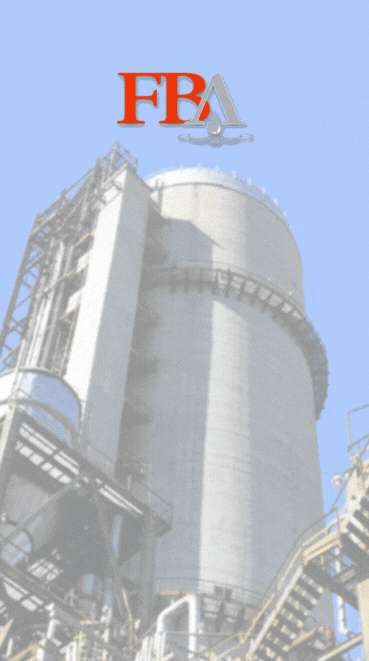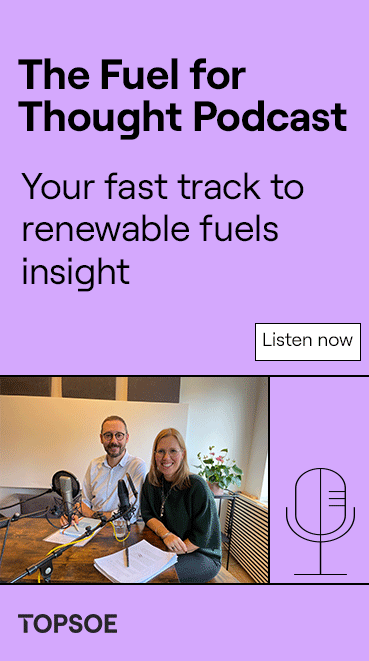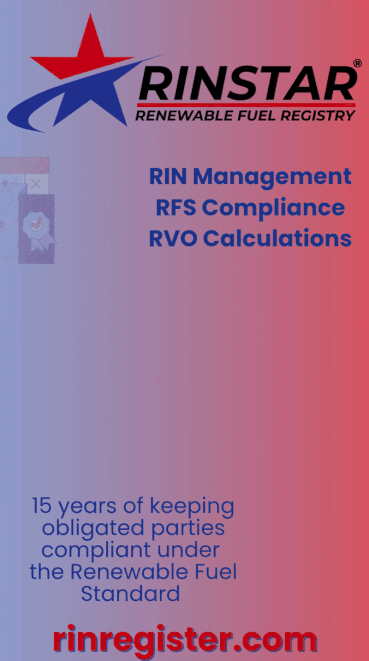Montana Renewables to achieve major SAF expansion at fraction of previously expected cost
- Ron Kotrba

- May 14
- 2 min read

Calumet Inc. announced in its first-quarter earnings report that the company’s Montana Renewables segment, which operates a renewable diesel and sustainable aviation fuel (SAF) facility in Great Falls, Montana, plans to ramp up SAF production cheaper than previously expected.
The MaxSAF™ project, for which Montana Renewables received a $1.44 billion DOE loan guarantee, is intended to expand SAF production tenfold from approximately 30 million gallons per year (mgy) to 300 mgy by 2028.
Previously, the company expected to reach half of its fully expanded SAF capacity—approximately 150 mgy—by 2026 through the installation of a second reactor at an initial estimated cost of $150 million to $250 million.
Now, Calumet anticipates achieving 120 mgy to 150 mgy of SAF capacity by the second quarter of 2026 at a fraction of the original cost—just $20 million to $30 million.
“This breakthrough was achieved as our team in Montana deployed learnings from our first two years of operations to debottleneck existing Montana Renewables’ assets and better utilize our technology, as opposed to transporting and installing additional major equipment on site,” said Calumet CEO Todd Borgmann.
“While this first step is a major expediter, our ultimate plan of producing up to 300 million gallons of SAF by 2028 remains unchanged,” he added.
Calumet said it has initiated discussions with DOE to adjust the project.
To reach 300 mgy of SAF capacity by 2028, Montana Renewables expects to execute other project modules including renewable hydrogen production, expansion of its existing renewable fuels and feedstock pretreatment units, wastewater treatment, renewable electricity and steam via cogeneration, SAF truck-rack capability, naphtha fractionation and other efficiency projects.
“It seems like ages ago that we received loan funding from the DOE—the first disbursement of the new administration—but in reality, it was a couple of months ago,” said Steve Mawer, the chairman of Calumet, on a LinkedIn post. “Since then, we have been ramping up our expansion planning.”
Mawer added that margins in renewables and refining “were not great” in the first quarter.
“Nevertheless, the team did an excellent job of managing what we can control,” he said. “Montana Renewables’ small but able feed-purchasing team yielded one of—or maybe the largest—per-gallon uplift from the new 45Z [production tax credit], showing how unique our location is, allowing us to be super agile on optimizing our feeds with a strong focus on U.S. agricultural production as opposed to imported [used cooking oil].”
Calumet’s Montana Renewables segment reported $3.3 million of adjusted EBITDA with tax attributes during the first quarter of 2025 compared to negative $13.4 million in the prior year period.
The metric, according to Calumet, includes $16.9 million of tax attributes from 45Z, which are added to adjusted EBITDA to provide a comparable metric to prior periods when the blenders tax credit appeared in adjusted EBITDA.
“The Montana Renewables segment benefitted from dramatic operating-cost reductions compared to the prior year period, which resulted in substantial financial improvement despite the seasonally weak fuels and asphalt environment and relatively tight WCS-WTI spread,” the company stated.


































